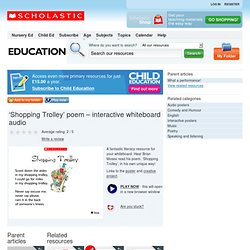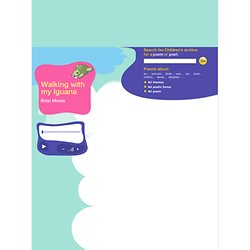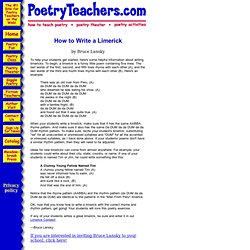

Shopping Trolley – interactive - Scholastic Education PLUS. What can I do with this content?

Click on the icons below to find out. Print from it? Store on intranet? Use extracts? Supply it externally? Yes, you can print multiple copies if you have a Copyright Licensing Agency (CLA) Licence. A CLA Licence allows printing of multiple copies of one article or story, or a similar proportion of the whole website, for viewing by you or by your colleagues internally within your organisation in unaltered form.
Unless you have our permission on each occasion, or a licence from the CLA or other authorised licensing body, you may print out only one direct paper copy of any of the contents of this website for viewing by you or by your colleagues internally within your organisation in unaltered form. Yes, you can store it on your organisation’s intranet if you have a Copyright Licensing Agency (CLA) licence. A CLA Licence allows storage of extracts on a secure intranet for up to 30 days. Walking with my Iguana by Brian Moses - Children's Poetry Archive.
Brian Moses (b. 1950) is one of Britain's favourite children's poets, for both his own poetry and the anthologies he has edited, and he has performed in over two thousand schools across the UK and Europe.

He is a Reading Champion for the Literacy Trust, and is able to animate reading and writing poetry for pupils and teachers alike, in his workshops and in his resource books for teachers. His interests range from the familiar - shopping trolleys, football matches - to the peculiar - monsters, aliens, angels. Often he will mix the two together, so the 'Shopping Trolley' is souped-up like a futuristic sports car, while the monsters still go to school before coming home on 'The Ghoul School Bus'. He has a particularly sharp eye for those parts of life that sound like surrealism but are taken from life - the man in 'Walking with my Iguana', who walks his pet lizard on Hastings beach on a leash, is based on a real person. Original music & arrangements: David Roberts.
Poetry Teachers. By Bruce Lansky To help your students get started, here's some helpful information about writing limericks.

To begin, a limerick is a funny little poem containing five lines. The last words of the first, second, and fifth lines rhyme with each other (A), and the last words of the third and fourth lines rhyme with each other (B). Here's an example: There was an old man from Peru, (A) da DUM da da DUM da da DUM who dreamed he was eating his shoe.
When your students write a limerick, make sure that it has the same AABBA rhyme pattern. Ideas for new limericks can come from almost anywhere. A Clumsy Young Fellow Named Tim A clumsy young fellow named Tim (A) was never informed how to swim. Notice that the rhyme pattern (AABBA) and the rhythm pattern (da DUM da da DUM da da DUM) are identical to the patterns in the "Man From Peru" limerick. OK, now that you know how to write a limerick with the correct rhyme and rhythm pattern, get going! —Bruce Lansky. Year 5 key stage requirement links. Visit our Poetryclass microsite for Fresh ideas for poetry learning from the Poetry Society Poetry is a powerful tool for raising standards in literacy and developing language skills.
It frequently releases untapped potential amongst students who are not confident in traditional narrative or essay writing. It also offers exciting challenges to targeted groups of students and through subject areas across the curriculum. Free downloadable poetry lessons Choose from many different poetry lesson plans and activities covering a range of key stages and aspects of poetry. Each lesson has been created by poets with extensive experience of work in schools.
Figurative language - amanda.petch.